I accompanied the launch of the Radeon RX 7800XT and RX 7700XT in detail with four cards, but today we have a single test of the Sapphire RX 7700XT Pure 12GB. Compared to the cheaper RX 7700XT Pulse 12GB, this card has a bigger cooler and also a higher power limit. But the real difference lies in the color choice, because the Pure, in nice tradition to the predecessors, is a snow-white card. The customer will surely accept a small surcharge, even though the cards are already quite expensive.
With a street price of 509 Euros (as of 17.09.2023), it is unfortunately 30 Euros higher than Gigabyte’s cheapest RX 7700XT, but it is optically and technically a whole class higher. However, you can already get the cheapest RX 7800XT (ASRock Challenger) for just under 50 Euros more, but Sapphire’s Pure primarily wants to be nice and white. That definitely has its charm, since you don’t have to painstakingly paint it yourself, but already get the innocence from the country directly from the factory.
In this regard, I would also like to make a small comment on my photos today, because a white egg in front of a white wall is difficult to photograph with high contrast. Therefore, I leave the background today once as it is in the original and have only created a few more shadows. Then it doesn’t look quite as flat and flattened. But back to the card.
The Sapphire Radeon RX 7700 XT Pure 12 GB
AMD’s Navi 32 GPU is manufactured at TSMC in a 5nm process (GCD, 5N FinFET) or in a 6nm process (MCD, N6 FinFET), which again points to a MCM design. A total of 4 chiplets (Navi31 with 6) are on the now square package and the 346 mm² total area of the interposer carries a GCD with around 200 mm² and four MCDs with 36.6 mm² die area. Thus, the midrange has been given the complete Navi32 and even leaves a gap to the considerably slower RX 7600. With 54 compute units (CU) and 3,456 shaders as well as 54 RT and 108 AI accelerators, it is clearly behind the RX 7800XT, but makes up for some things with the higher clock rate.
The card looks a bit bigger than the Pulse, even though the proportions are of course right. With a length of 32 cm from the outer edge of the slot bezel to the opposite end of the cooler cover, the card is already a bit longer. The height of the inserted card turns out rather normal with the measured 12 cm from the upper edge of the PCIe slot to the upper edge of the cooler cover. The installation depth of 4.5 cm plus 0.5 cm for the backplate is within the bounds of a decent 2.5 slot design.
On the top side, we primarily see the two 8-pin sockets for the external power supply again. We don’t have to discuss the bending radii for the power supply connectors this time with AMD either, this is all still solved oldschool with 8-pjn connectors. The red Sapphire lettering isn’t missing this time either and the Radeon brand has also been immortalized. Well, the card is also positioned a bit cheaper (*cough*), so the LED fireworks are missing again this time. I didn’t miss it.
If you turn the 1126 gram (medium) heavy card to the back, you’ll see a massive backplate like on the bigger models, but without any illuminated bells and whistles. Colored imprints will have to do. With the two known DisplayPort 2.1 connectors and two HDMI 2.1 jacks, we end the navel-gazing of the Sapphire RX 7700XT Pure 12GB.
Overview of the RDNA3 cards – technical data
The RDNA3 cards are quite different and not only on the outside. The card from Sapphire resembles the reference and is rather a real reason card. Inflated OC candidates are hardly faster in total, just significantly thirstier. We will see later that the concept has also worked out to some extent. The clock rates are slightly above the reference specifications and a higher power limit ensures more enduring rates, especially in the P1 Low. But I’ll get to that later.
Once again, the tabular comparison:
| Radeon RX 7900 XTX |
Radeon RX 7900 XT |
Radeon RX 7900 GRE |
Radeon RX 7800 XT |
Radeon RX 7700 XT |
Radeon RX 7600 |
|
|---|---|---|---|---|---|---|
| Architecture | RDNA 3 | RDNA 3 | RDNA 3 | RDNA 3 | RDNA 3 | RDNA 3 |
| Chip Name | Navi 31 XTX | Navi 31 XT | Navi 31 XL | Navi 32 XT | Navi 32 XL | Navi 33 XL |
| GPU Design | Multi-Chiplet | Multi-Chiplet | Multi-Chiplet | Multi-Chiplet | Multi-Chiplet | Monolith |
| Process Node | TSMC N5 TSMC N6 |
TSMC N5 TSMC N6 |
TSMC N5 TSMC N6 |
TSMC N5 TSMC N6 |
TSMC N5 TSMC N6 |
TSMC N6 |
| Compute Units | 96 | 84 | 80 | 60 | 54 | 32 |
| Shader Units | 6.144 | 5.376 | 5.120 | 3.840 | 3.456 | 2.048 |
| RT Accelerators |
96 | 84 | 80 | 60 | 54 | 32 |
| AI Accelerators | 192 | 158 | 160 | 120 | 108 | 64 |
| Memory | 24GB GDDR6 20 GT/s |
20GB GDDR6 20 GT/s |
16GB GDDR6 18 GT/s |
16GB GDDR6 19.5 GT/s |
12GB GDDR6 18 GT/s |
8GB GDDR6 18 GT/s |
| Interface | 384 bit | 320 bit | 256 bit | 256 bit | 192 bit | 128 bit |
| TBP | 355 W | 315 W | 260 W | 263 W | 245 W | 165 W |
| MSRP | 999 USD | 899 USD | 649 USD | 499 USD | 449 USD | 269 USD |
- 1 - Introduction, technical data and technology
- 2 - Test setup and methods
- 3 - Teardown: PCB and components
- 4 - Teardown: Cooler and material analysis
- 5 - Gaming-Performance Full-HD (1920 x 1080)
- 6 - Gaming Performance WQHD (2560 x 1440)
- 7 - Details: Power consumption and balancing
- 8 - Transients and PSU recommendation
- 9 - Temperatures, clock rate and thermal imaging
- 10 - Fan curves and noise
- 11 - Summary and conclusion














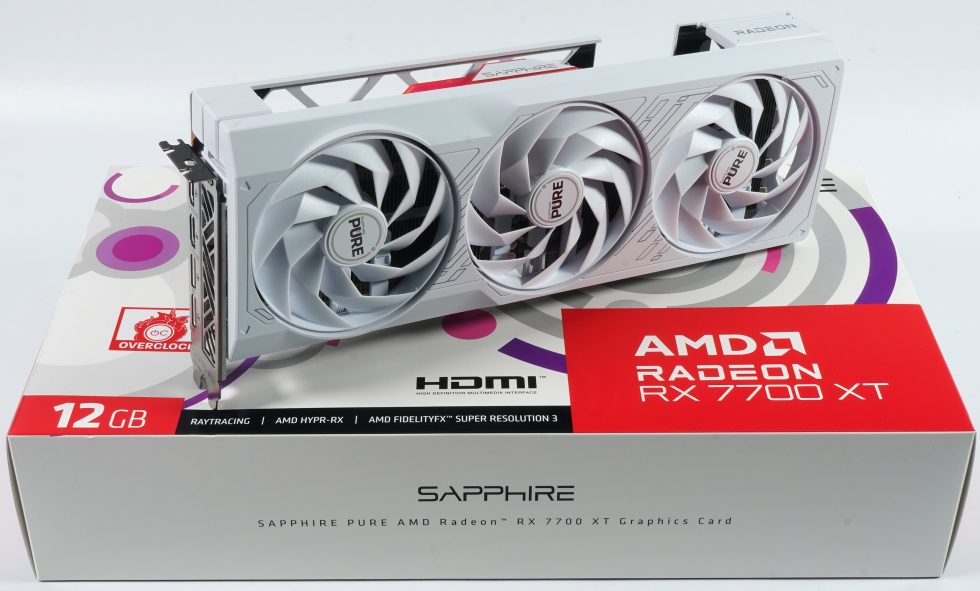

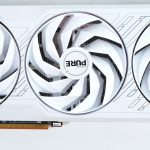

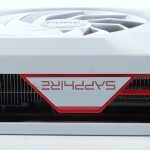

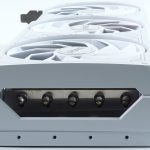


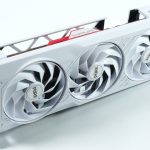
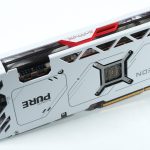
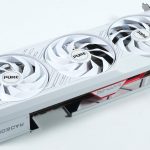

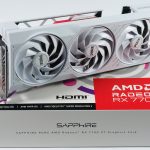
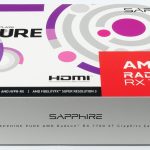

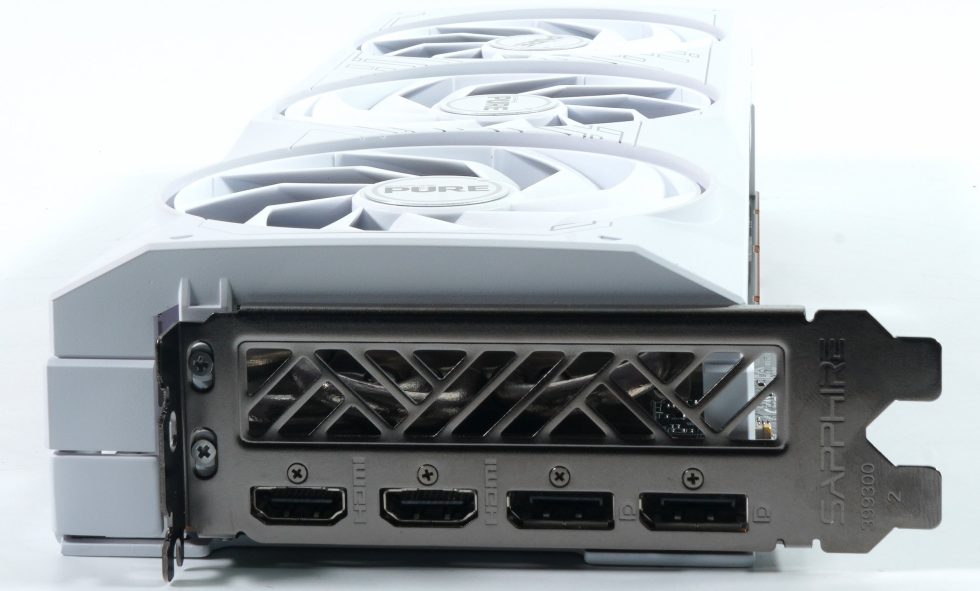
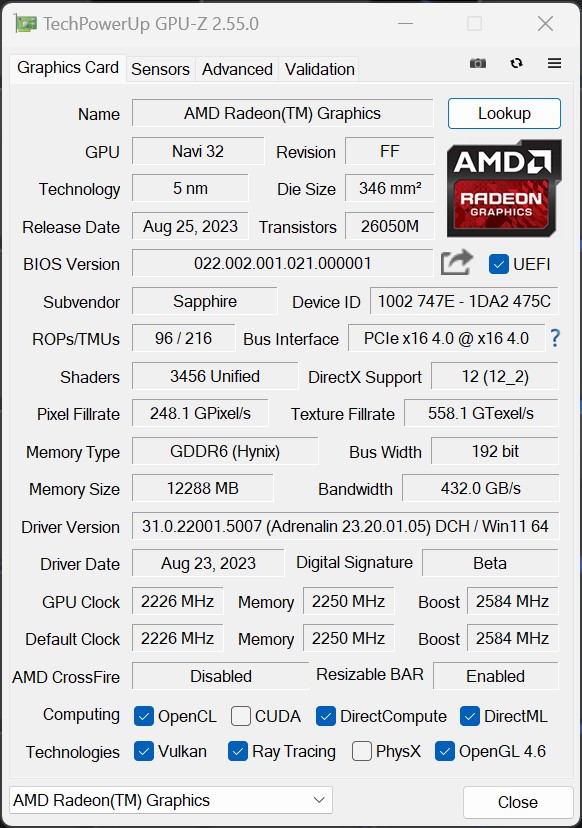








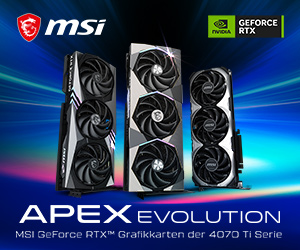

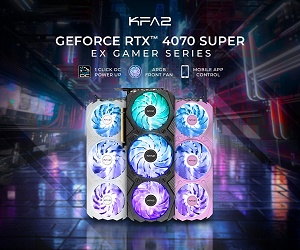
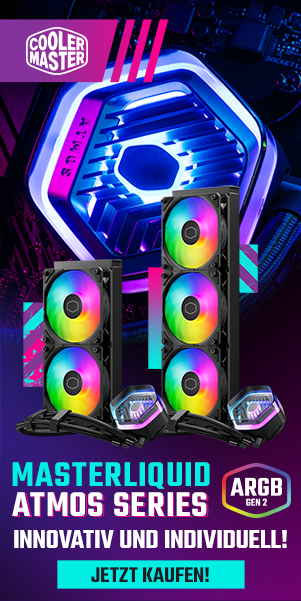
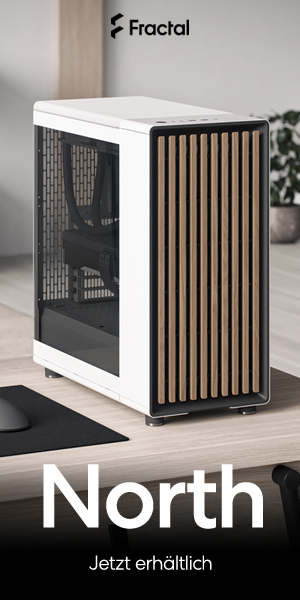

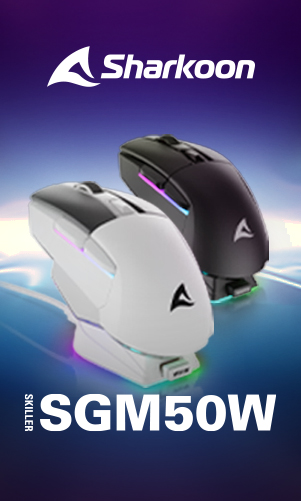


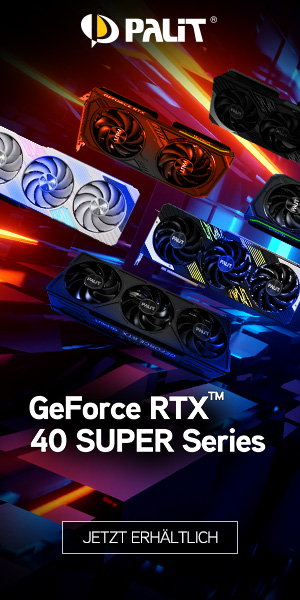

288 Antworten
Kommentar
Lade neue Kommentare
Mitglied
Mitglied
Urgestein
1
Veteran
Veteran
Urgestein
Veteran
Mitglied
Mitglied
Urgestein
Urgestein
Mitglied
Mitglied
Urgestein
Mitglied
Urgestein
Urgestein
Urgestein
Alle Kommentare lesen unter igor´sLAB Community →